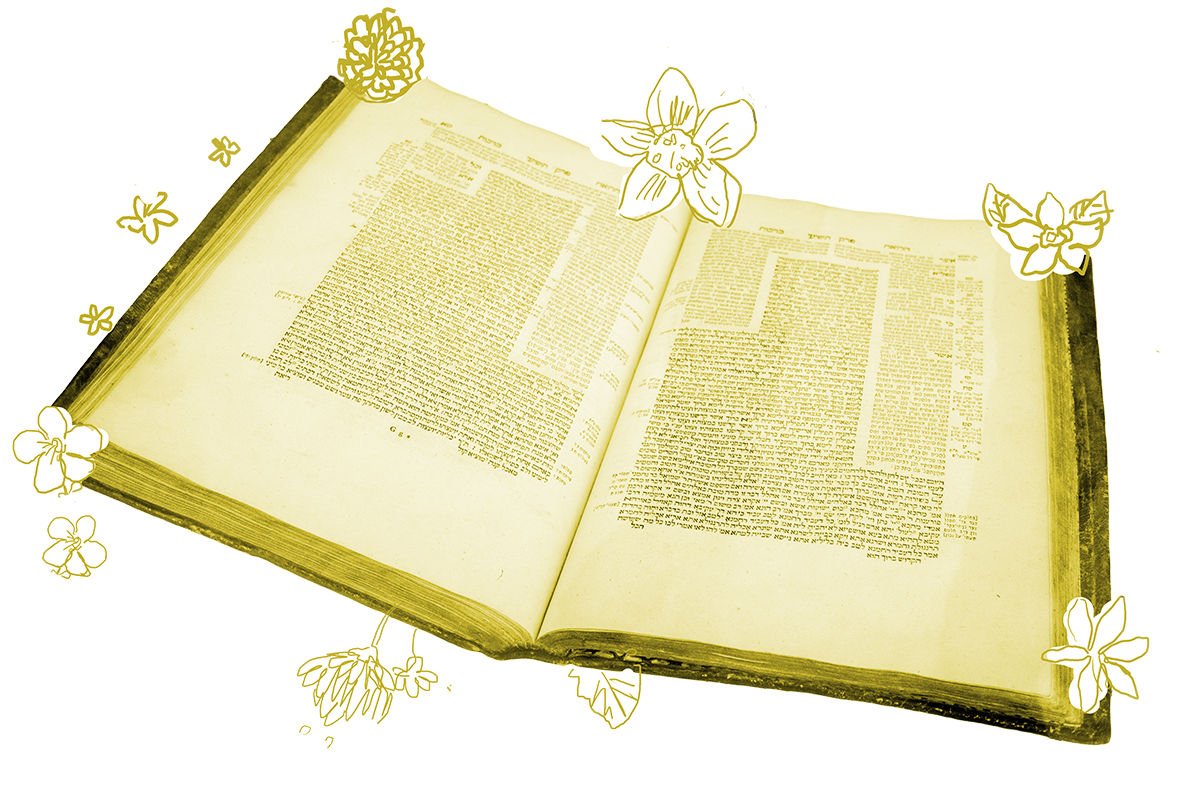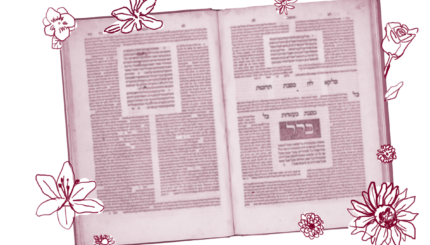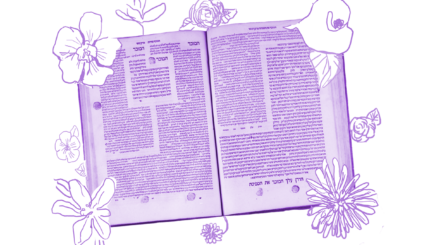On yesterday’s daf, we were introduced to a dispute between Rabbi Yehuda HaNasi (known in the Talmud simply as “Rabbi”) and Rabbi Elazar with regard to the sanctification of a priests’ hands and feet. According to Rabbi Yehuda HaNasi, items that are sanctified and then left overnight must be sanctified again the next morning, and this applies equally to a priest’s body. But Rabbi Elazar disagrees, saying that the disqualification of items left overnight does not apply to the priest’s body.
The Gemara has made multiple attempts to play out the practicalities and extents of this dispute, trying to map various laws on to one of the two opinions. The same process continues on today’s daf.
Rabbi Yohanan says: If a priest sanctified his hands and feet in preparation for the removal of the ashes, then the next day, he does not need to sanctify them again, as he already sanctified them at the beginning of the day’s service.
The removal of the ashes is performed every day just before dawn in the Temple. According to Rabbi Yohanan, if the priest sanctifies himself in preparation for the removal of ashes, he does not need to sanctify himself again the next day — i.e. after dawn. The Gemara then attempts to map this on to our previous dispute:
In accordance with whose opinion is this statement? If it is in accordance with Rabbi, doesn’t he say that being left overnight disqualifies (sanctification of the hands and feet)? And if it is in accordance with the opinion of Rabbi Elazar, son of Rabbi Shimon, doesn’t he say (that if the priest sanctified his hands and feet at the beginning of the service), he does not need to sanctify them again even for the next ten days?
The rules of something being left overnight are determined by halakhic dawn. While the removal of the ashes was the first rite performed in the day’s service, it was performed before dawn, so according to Rabbi Yehuda HaNasi, once dawn arrives the priest’s hands and feet should be rendered disqualified and he should need sanctification again. But Rabbi Elazar believes that so long as the priest continues to serve in the Temple, they don’t need to re-sanctify their hands and feet even after many days. So why does Rabbi Yohanan mention specifically removing the ashes, implying that only in that case is he exempt from re-sanctifying?
Abaye says: Actually, the statement is in accordance with Rabbi, and (the disqualification of sanctification of the hands and feet by being) left overnight is by rabbinic law. And they concede that from the rooster’s crow (before dawn) until morning, being left overnight does not disqualify his sanctification.
Abaye argues that we can reconcile Rabbi Yohanan’s law with Rabbi’s opinion. Although generally we say that dawn is the boundary with respect to the law against leaving something overnight, in this scenario the rabbis concede that the gap between a rooster’s crow and dawn itself is minimal enough that it doesn’t constitute an interruption. But Rava disagrees.
Rava says: Actually, the statement is in accordance with Rabbi Elazar, son of Rabbi Shimon. And Rabbi Yohanan saw the statement of (Rabbi Elazar as correct) with regard to the beginning of the service. But he did not agree with regard to the end of the service.
Rava makes the opposite proposition: Actually, Rabbi Yohanan is in accordance with Rabbi Elazar, but only partially. He agrees with Rabbi Elazar that if a priest sanctified their hands and feet before dawn while performing the day’s first rites he doesn’t need to re-sanctify them when dawn arrives. But unlike Rabbi Elazar, he would say that one who sanctifies their hands and feet before the last service of the day does need to re-sanctify them before beginning the morning service.
Ultimately, Abaye and Rava’s dispute is not one that impacts this law itself. Everyone agrees that we hold like Rabbi Yohanan in this instance. The question is merely whose opinion he accords with. That question will determine how we rule in other, less unanimous cases.
Read all of Zevachim 20 on Sefaria.
This piece originally appeared in a My Jewish Learning Daf Yomi email newsletter sent on October 4, 2025. If you are interested in receiving the newsletter, sign up here.
With your help, My Jewish Learning can provide endless opportunities for learning, connection and discovery.



